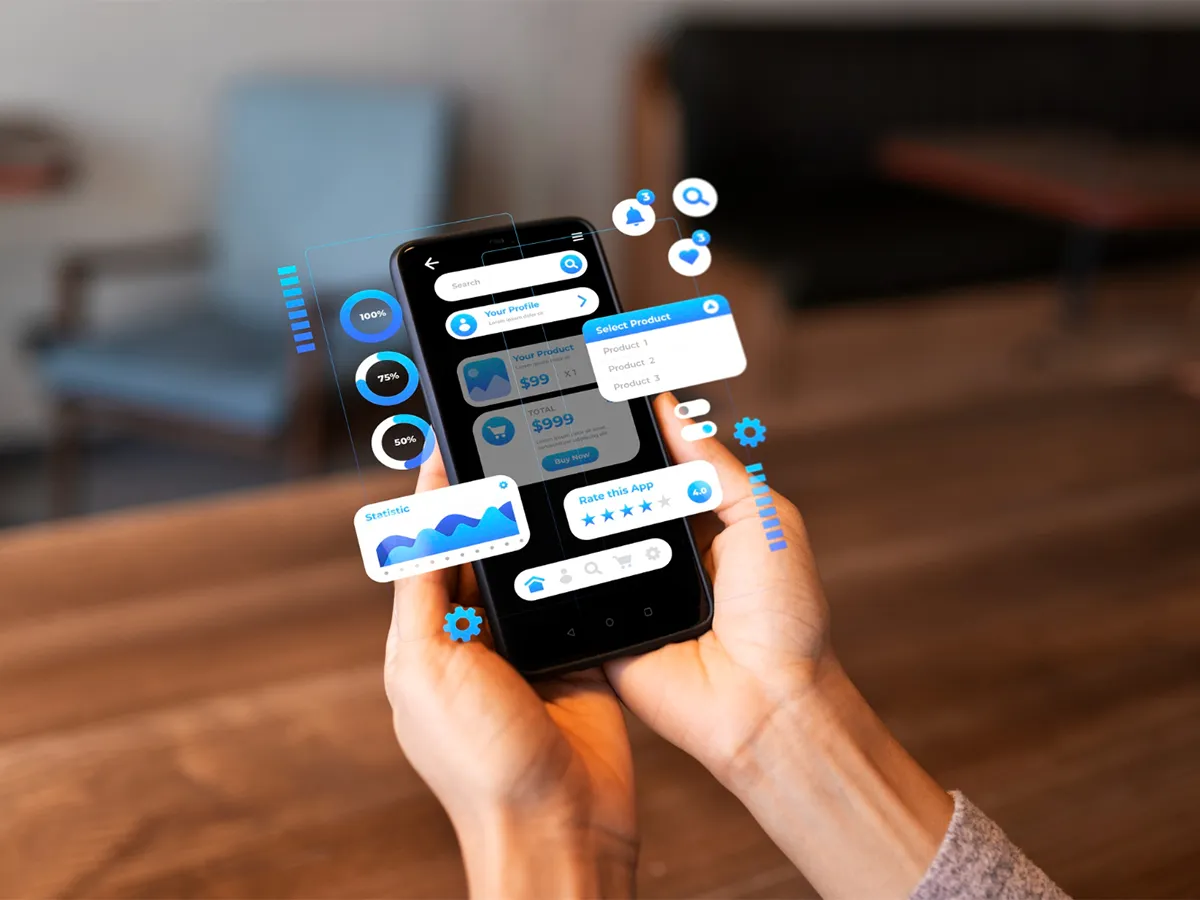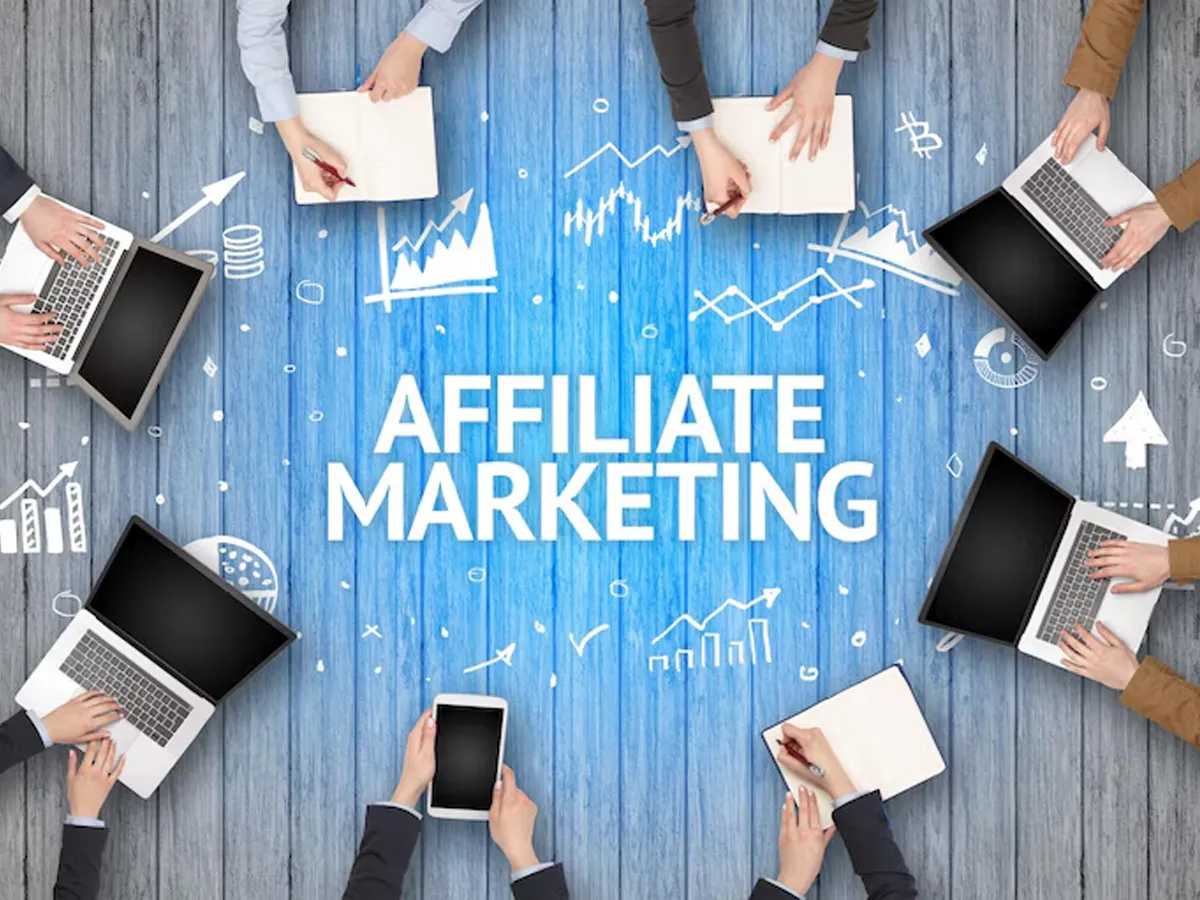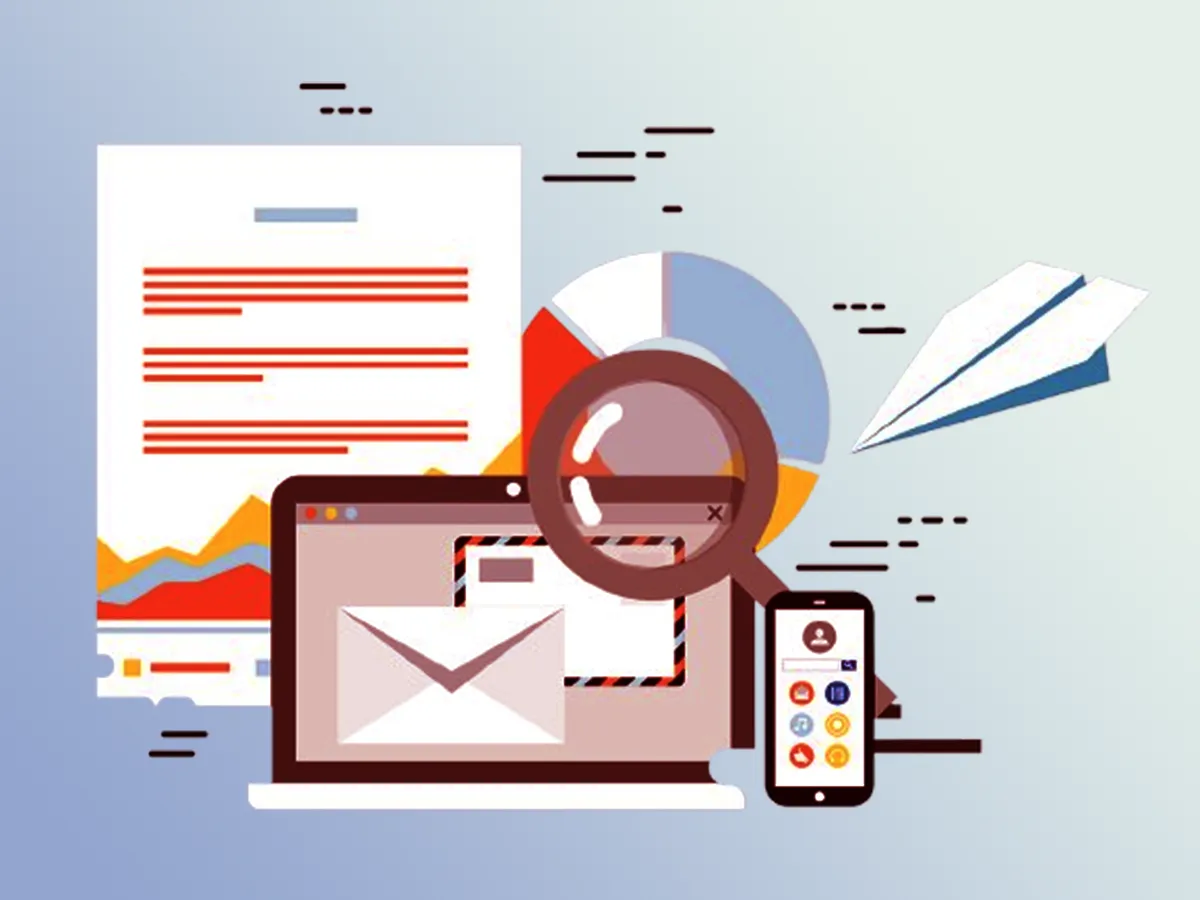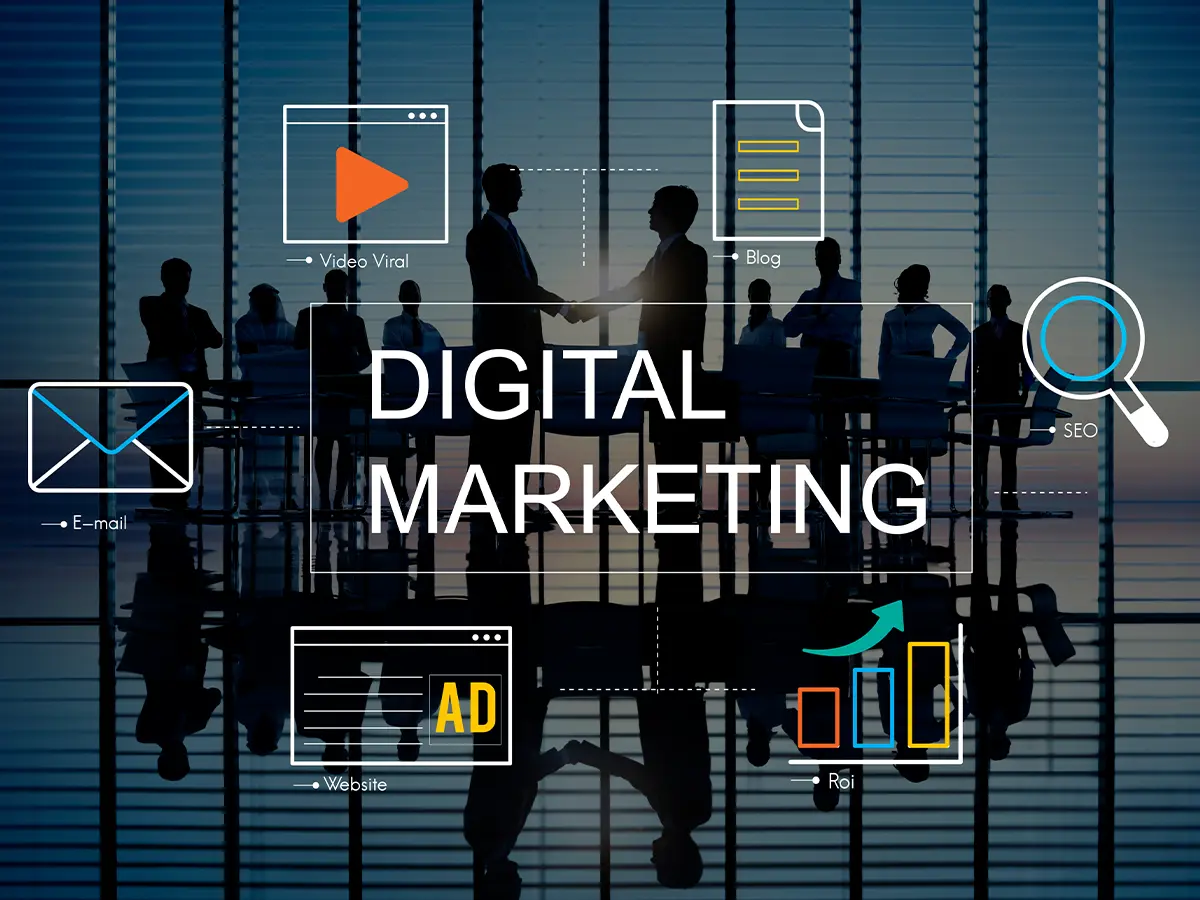What is SMS Marketing?
SMS Marketing is the practice of sending a short, tailored message directly to the mobile devices of customers. Whether it be a time-sensitive promotional offer, an event alert or even an urgent transactional notification seeking confirmation, through SMS marketing you can be sure that your message will be instantly viewed. With over 5 billion mobile users globally, SMS offers an unparalleled reach.
SMS stands out for its immediacy and high effectiveness. Texts are the most opened media, at 98% open rate and they are usually read within 3 minutes of delivery. This is compared to email marketing where open rates tend to sit at around 20%, making the appeal of SMS an obvious choice for marketers trying to reach out in a world that moves very quickly. No matter if you are planning to run a sales campaign or want to send those notifications you do not want your customer to miss, SMS is a Real-Time feature that works every time.
A Brief History of SMS Marketing
Although SMS marketing came into existence in the 1990s when cell phones were introduced, it did not reach its full potential until smartphones and more sophisticated CRM platforms created a constant state of connectivity around this new powerful updated media. In those early days, promotions relied solely on brief text messages to grab attention. Yet as mobile operating systems and the applications that ran on them progressed, SMS evolved from a basic medium into a nuanced channel for personalized, automated campaigns delivered precisely at the optimal moment.
Unlike email inboxes that soon spilled over, text messages remained a uniquely intimate form of outreach, with users rarely becoming overwhelmed. Even without internet access, SMS maintains its simplicity and potency, spanning basic phone functions and high-end devices alike to engage audiences wherever they may be.
Why SMS Marketing Works
-
High Open and Response Rates
With a nearly 90% open rate within minutes of receipt, SMS marketing outperforms other channels in immediacy and involvement. Recipients tend to read texts promptly, meaning your messages are more likely to be noticed.
- Personalization and Engagement
SMS marketing allows enterprises to customize messages grounded on customer habits, preferences, or whereabouts. This level of customization amplifies engagement rates, making it easier to build stronger connections with your audience.
-
Direct and Instant Communication
There’s no requirement for your crowd to be online or open an app. SMS conveys your message straight to the receiver’s cell phone, building an immediate communication route. For time-sensitive offers, there’s no better strategy to reach your base.
-
Cost-Effective
Compared to conventional promotional methods, SMS marketing is relatively reasonable. Even though there’s an expense related to sending messages, the return on investment is high owing to the high engagement and conversion rates.
-
Broad Reach
SMS works on basic mobile phones without an internet connection, meaning it can reach users in areas where other forms of digital marketing might not work. This accessibility makes it a versatile tool for businesses operating globally or in regions with limited internet access.
-
Cross-Channel Synergy
If you are looking to increase your overall marketing strategy combining SMS with other channels, like email or social media can work very effectively. You might, for example, enclose an email newsletter over SMS or get in touch with about a social media offer exclusively via text.
-
Customer Retention and Loyalty
You can send personalized offers from the campaigns, notify them about product updates and events or even remind them to renew their loyalty program so they know they are valued.
Challenges and Limitations of SMS Marketing
-
Character Limitations
With SMS limited to 160 characters, crafting compelling calls-to-action within this constraint proves challenging. Detailed messages risk becoming shortened or confusing without clarity, especially when trying to include a strong call-to-action (CTA).
-
Opt-In Requirements
SMS marketing is permission-based, implying you require explicit permission from customers before sending them messages. This narrows your outreach to those voluntarily signing up but also ensures better engagement rates.
-
Potential for Spam
If misused or overused, SMS marketing can easily become spam-like. Sending irrelevant or frequent messages may lead to client dissatisfaction and higher opt-out frequencies.
-
Cost Considerations
While reasonable for small campaigns, sending bulk SMS to large lists can become pricey. It’s important to weigh the cost against the possible ROI and make sure you’re delivering useful content to justify the spending.
-
Limited Aesthetic Appeal
Unlike MMS or other mediums like email, SMS lacks the means to include rich media like visuals, GIFs, or videos, which can make messages feel less engaging.
Types of SMS Campaigns That Drive Results
- Promotional SMS: Crafted to drive short-term sales, these messages promote products, services, or special offers with clear calls to action like “Shop Now” or “Come get 20% off today.”
- Transactional SMS: Sent routinely in reaction to customer activities, communications like order confirmations, delivery updates, or appointment alerts build trust and keep clients informed of progress.
- Reminder SMS: Perfect for jogging customers’ memories about impending events, due dates for payments, or restocks. These ensure customers don’t miss important dates.
- Survey and Feedback SMS: Ideal for soliciting customer input or running quick polls to enhance services or products based on what users really think.
- Drip Campaigns: A succession of automated SMS messages sent over an interval to nurture potential clients or guide existing customers to purchase.
- Geotargeted SMS: Location-based campaigns delivering deals or promotions specifically to users within a defined area.
- Event-Based SMS: Triggered by user actions or milestones like birthdays or anniversaries, these frequently offer exclusive discounts.
- Re-engagement SMS: Aimed toward inactive customers, providing special discounts or incentives to entice them back into the fold.
How to Build SMS Campaigns That Convert
Building an SMS Subscriber List
Always concentrate on opt-in ways to build your list organically. Leveraging web forms — social media promotions & in-store sign-ups and incentivized lead magnets like discounts and exclusive promos in exchange for a user’s phone number. Always ensure that you maintain compliant opt-in consent and continue to build trust..
Personalization and Segmentation
Tailor messages based on customer behaviour, location, or purchase history. Segmentation helps you send the right message to the right audience, increasing relevance and engagement. Or else, send them curated local deals based on their location or show them product recommendations.
Timing and Frequency
Sending messages at the right time is critical. Avoid overwhelming customers with too many texts—stick to key moments. Understand when your audience is most active ( like sending a promotional text before the weekend ) and send fewer texts to avoid spam.
Clear and Compelling CTAs
With only 160 characters, your CTA needs to be short and snappy. Use phrases like “Shop Now” or “Claim Your Discount” to drive action. Include phrases such as “Shop Now” and “Claim Your Discount.” Your message must be straightforward and not at all confusing regarding the next step that your customer should take.
Exclusive Offers
Give your SMS subscribers exclusive deals that no one else can get. This makes them feel like VIP customers and gives you a slightly higher click rate. Time-sensitive and referral-based SMS offers have high conversion rates because of their timeliness/pricing.
A/B Testing
Regularly experiment with different messages, timing and offers to see what works best for your particular audience. Test your creativity to gradually develop the campaigns that perform better at engaging and converting.
Integrating SMS with Other Channels
Although SMS marketing is powerful it performs best with other strategies such as email, social media, or in-app notifications. For example, you could create an SMS reminder to a subscriber on an email campaign or inform users about engagement events on social media channels for improved cross-channel synergy.
Best SMS Marketing Tools and Platforms
Some of the best SMS marketing platforms include:
- Twilio
- SimpleTexting
- EZ Texting
- Attentive
You must look for features like automation, CRM integration, segmentation tools, and detailed reporting when selecting a platform.
Measuring Success: Key SMS Metrics
To evaluate your SMS campaigns, track metrics like:
Open Rates
This denotes the number of people that click your links within your SMS marketing messages. It tells you how effective your call-to-action (CTA) is. Click-through rates (CTRs) for SMS are also significantly higher than other channels, typically ranging from 10-30% compared to 1-4% for emails.
Click-Through Rates (CTR)
CTR tracks the number of people who click on the links present in your SMS messages. It is a direct measure of how persuasive your call-to-action (CTA) is. SMS CTRs often reach between 10-30% which is much higher than other channels like emails, which have CTRs of around 1-4%. The more your offer or content resonates with the audience, the higher the CTR.
Conversion Rates
This measures the percentage of recipients who performed your desired action after receiving your SMS, such as buying a product, giving consent for a service or using a coupon. A high conversion rate means that your content is so compelling that it drives some kind of actual customer action.
Opt-Out Rates
Monitoring the number of people who opt-out for your SMS after each campaign assists in finding where you’re going wrong and eventually helps in fixing potential issues, such as over-messaging or irrelevant content. A sharp uptick in opt-outs can be a sign that you need to adjust the frequency or relevance of your messages.
Response Rates
For campaigns designed to gather customer feedback (like surveys or Q&A prompts), response rates tell you what percentage of the recipients actually responded to that SMS. When your response rates are high it means that your SMS campaigns have a good engagement level and also instigates interaction via SMS.
Delivery Rates
Delivery Rate (DR) — a metric that indicates the percentage of SMS messages which have been delivered to a mobile. Low delivery rates could be due to issues such as invalid numbers or carrier restrictions, so your subscriber list might need some cleaning or updating.
Tracking these metrics on a regular basis helps you refine your SMS marketing tactics so that you can make informed decisions for higher engagement and ROI.
Integrating SMS with Other Marketing Channels
SMS and Email Marketing
Use SMS to remind recipients of important emails or approaching deadlines like flash sales or event registrations. It all enhances your open rates and will ensure that your message is not lost in the crowd.
SMS and Social Media
Alert customers through SMS of live social media events or exclusive promotions Then expand your SMS list by using social media to promote sign-ups.
SMS and In-App Notifications
To keep users engaged, complement in-app notifications with SMS for significant updates when users are not using your app, this way you keep your communication regular.
SMS for Customer Support
Deliver instant, real-time customer service via SMS by responding to and solving customer queries quicker than email or phone support.
SMS and Loyalty Programs
Reach out to your loyalty program customers with an SMS and inform them about their points status as well as new rewards or offers, increasing the cross-channel communication that in turn improves business retention.
Common SMS Marketing Mistakes (and How to Avoid Them)
- Over-Messaging: Pushing too many messages will cause customer fatigue and high unsubscribes. Only text at key moments or important updates to avoid overwhelming your audience.
- Lack of Personalization: Generic messages sound too templated and get rejected. Personalize your SMS based on customer data to make it relevant and more engaging.
- Ignoring Compliance: Failure to comply with regulations (e.g., TCPA, GDPR) may lead to legal repercussions. Remember to always have explicit consent and opt-out options.
- Poor Timing: Messages can annoy recipients if sent at the wrong time. Send SMS at peak times when customers are more likely to be reading their messages — for example, during business hours.
- Weak CTAs: Vague or unclear calls-to-action lead to poor response rates. Ensure your CTA is direct and compelling to drive desired actions, like purchases or sign-ups.
Avoiding these common pitfalls can enhance your SMS campaigns and so it will be much more effective in building customer relationships.






